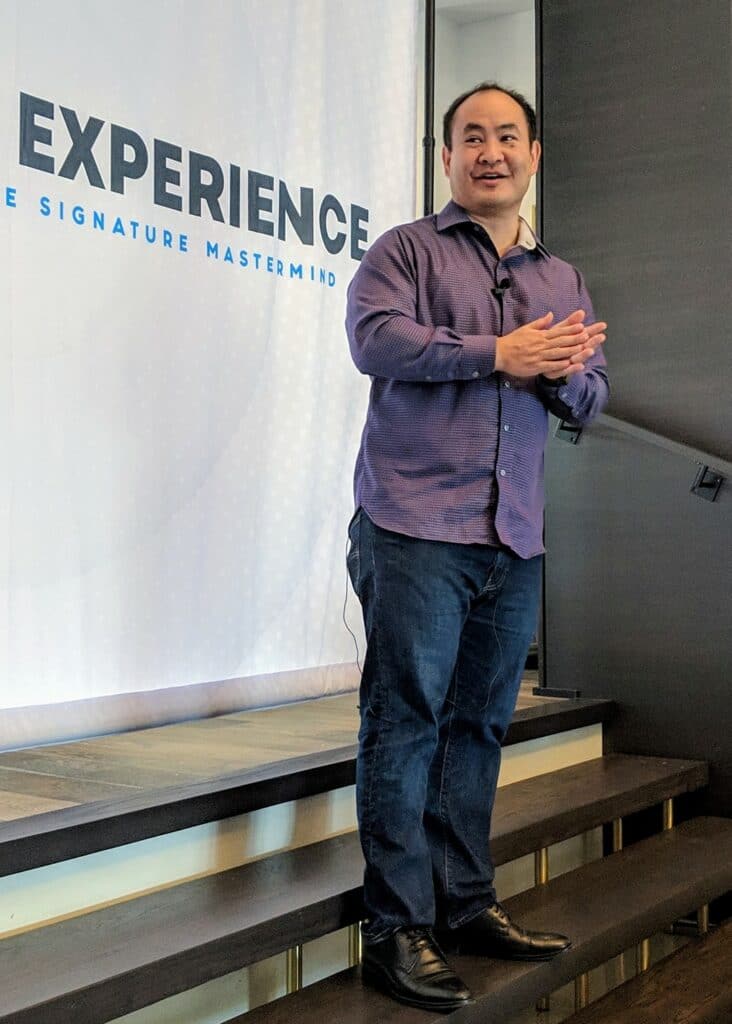
You spend all this time talking to potential clients– they appear to have money, interest, and clear need for your services.
But somehow they don’t buy– they went with someone else, balked at the price, were just milking you for free consulting, or turned out to be jerks.
How do you avoid all this?
Know that surgeons don’t leave the emergency room to go out to knock on doors.
Imagine that you run a hospital and somebody waltzes into the emergency room.
They demand that you parade out every single type of surgeon and specialist you have.
Each one has to explain what they do and how they do it.
And all the while, you’re hoping that this patient will buy one of the procedures.
But the longer you spend answering their questions, the more you know it’s costing valuable time.
If you’re a consultant, freelancer, or agency, do you see what’s happening here?
Unless they have clear pain, don’t try to sell them on a surgery.
And unless they walk into your emergency room, don’t go out of your way to talk to them.
But what about generating leads, you say?
I can’t just sit there hoping that if I build it, they will come– we have to sell, right?
Yes, and you do that by putting out a lead magnet– a demonstration of your expertise.
And you qualify these people by using the “strategy assessment” to get their goals, content, and targeting.
https://www.youtube.com/watch?v=B8yQepWnGF0
In other words, if someone comes to the emergency room, the doctors aren’t going to just start operating.
No matter what the patient “thinks” the problem is, the specialists will take blood, x-rays, and diagnostics.
And you know that most patients are wrong in their self-diagnosis.
They also believe that they can get a heart surgery for the price of heartburn medication.
Same thing, right?
We follow a process called MAA— short for Metrics > Analysis > Action

As much as the would-be patient wants to get straight to action, we always follow these 3 sequential steps.
Metrics is to collect vitals via bloodwork, x-rays, and such– called the “strategy assessment” and access checklist.
That means we have not only their GCT (goals, content, targeting), but access to their analytics and ads.
Analysis is where they must pay for our time, so we can properly diagnose the issues and make a recommendation.
We don’t do this for free– our time is valuable and they must respect it by buying a “Power Hour”.
Action is the treatment plan, which could be surgery, medication, hospitalization, or other procedures.
And like any modern hospital, every procedure is governed by a checklist with the price associated with that package.
Are you operating with this efficiency– to not waste time with hypochondriacs, tire kickers, and witch doctors?
Are you making sure that you’re charging properly for your services by not giving out free consulting, even if you need the money?
But it’s XYZ MegaCorp, you say!
And all the more reason that if they’re qualified (heard of the BANT acronym?), they can put down whatever you charge for an hour.
We charge $750 for the Power Hour, but others may charge as little as $97.
For actual implementation, do you have a checklist for you and your people to follow, so you can create “repeatable excellence”?
If not, then you have random outcomes and too much manual, custom effort.
Logan Young is our Director of Operations, and stresses the importance of setting client expectations to keep things running smoothly:
“It’s essential to establish aligned expectations with a client from the get-go. If you let a client dictate the terms of your process, they will only continue to do so once you start implementing, questioning your practices and techniques at every step along the way”
But every client is different, you say!
You want room to be creative and to not be a robot cranking out objects on the assembly line.
The Tesla Model S is a template, too– and not low quality, mass production.
And every major surgical procedure has nuance, but is still governed by checklists, all the way down to how to scrub your hands before starting.
Do you think these doctors are just robots?
If you’re an agency, consultant, or freelancer, embrace the power of process.
The summary flow is this:
Strategy Assessment > Power Hour > Package
And this aligns with MAA: Metrics > Analysis > Action.
Implement this and watch your client headaches disappear, your lead gen struggles go away, and your operations run more smoothly.
